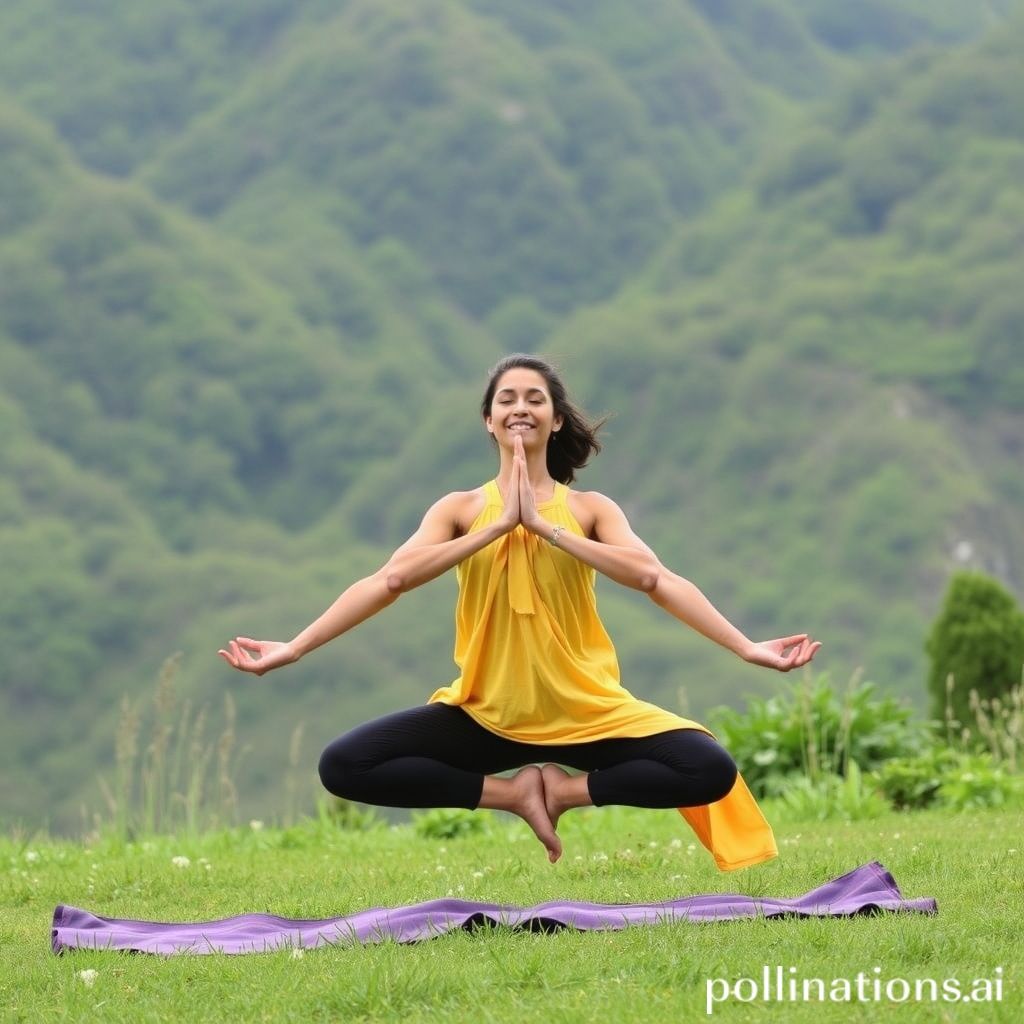Ayurvedic Mindful Movement is a holistic approach to physical and mental wellness that combines the ancient Indian practice of Ayurveda with mindful movement techniques. This practice emphasizes the importance of balancing the mind, body, and spirit through mindful movement, breathwork, and meditation.
Ayurvedic Mindful Movement aims to improve overall health and well-being by promoting self-awareness, reducing stress, and increasing flexibility and strength. This practice is suitable for people of all ages and fitness levels and can be easily incorporated into daily routines.
Absorbing Ayurveda
Ayurveda, an ancient holistic healing system originating from India, offers a comprehensive approach to well-being and balance. Its principles and practices have been passed down through generations, providing valuable insights into the human body and its connection to the environment.
1. What is Ayurveda?
Ayurveda, derived from Sanskrit, translates to “the science of life.” It encompasses a wide range of natural healing techniques that promote physical, mental, and spiritual well-being. Ayurveda emphasizes the importance of maintaining harmony between the body, mind, and soul to achieve optimal health.
Through personalized assessments, Ayurveda identifies an individual’s unique constitution, known as their dosha. This determines their physical and mental attributes, as well as their susceptibility to imbalances and diseases.
2. Principles of Ayurveda
Ayurveda operates on the belief that our bodies are made up of five elements: air, water, fire, earth, and ether. These elements combine to form three doshas: Vata, Pitta, and Kapha. Each dosha represents specific qualities and governs different bodily functions.
Vata, associated with air and ether, controls movement and communication in the body. Pitta, linked to fire and water, governs digestion, metabolism, and transformation. Kapha, connected to earth and water, provides structure, stability, and lubrication.
According to Ayurveda, good health is achieved by maintaining a balance between these doshas. Imbalances can lead to various ailments and diseases. Ayurvedic practices such as diet, herbal remedies, yoga, and meditation aim to restore balance and promote overall well-being.
3. Ayurvedic doshas and their significance
| Dosha | Qualities | Functions |
|---|---|---|
| Vata | Cold, dry, light, mobile | Controls movement and communication |
| Pitta | Hot, sharp, light, oily | Governs digestion and metabolism |
| Kapha | Cold, heavy, slow, oily | Provides structure and stability |

Navigating Mindful Movement
In this section, we will venture into the concept of mindful movement and its significance in Ayurvedic practices. We will also navigate various types of mindful movement practices that can empower overall well-being.
1. What is mindful movement?
Mindful movement refers to the practice of engaging in physical activities with full awareness and presence. It involves focusing on the sensations, movements, and breath during the activity, fostering a deeper mind-body connection.
2. Importance of melding movement in Ayurvedic practices
In Ayurveda, movement plays a vital role in maintaining balance and harmony within the body and mind. Engaging in mindful movement practices helps to improve circulation, elevate flexibility, strengthen muscles, and promote mental clarity. It also aids in releasing stagnant energy and toxins from the body, promoting overall vitality and well-being.
3. Different types of mindful movement practices
There are various mindful movement practices that one can incorporate into their daily routine to experience the benefits. These include:
- Yoga: A holistic practice that combines physical postures, breath control, and meditation to promote flexibility, strength, and relaxation.
- Tai Chi: An ancient Chinese martial art that focuses on slow, flowing movements and deep breathing, promoting balance, coordination, and stress reduction.
- Pilates: A low-impact exercise method that emphasizes core strength, flexibility, and body awareness through controlled movements.
- Dance: An expressive form of movement that not only provides physical benefits but also boosts mood, creativity, and self-expression.
Benefits of Ayurvedic Mindful Movement
1. Improved physical health
Ayurvedic mindful movement practices offer numerous benefits to physical health. Regular practice of these movements can help improve flexibility, strength, and overall fitness. It can also aid in weight management and promote better cardiovascular health. By engaging in mindful movement, individuals can experience increased energy levels, improved posture, and reduced risk of chronic diseases.
2. Mental and emotional well-being
Ayurvedic mindful movement is not only beneficial for the body but also for the mind and emotions. It can help reduce stress, anxiety, and depression by promoting relaxation and a sense of calm. Mindful movement practices such as yoga and tai chi are known to empower mental clarity, improve focus, and boost overall mood. These practices can also improve sleep quality, resulting in better mental and emotional well-being.
3. Enhancing mind-body connection
Ayurvedic mindful movement emphasizes the connection between the mind and the body. Through these practices, individuals can develop a deeper awareness of their physical sensations, emotions, and thoughts. This enhanced mind-body connection can lead to a greater sense of self-awareness, self-acceptance, and self-confidence. It can also help individuals become more attuned to their body’s needs and make healthier lifestyle choices.

How to Practice Ayurvedic Mindful Movement
1. Creating a mindful movement routine
As for practicing Ayurvedic mindful movement, it is essential to create a routine that works for you. Start by setting aside dedicated time each day for your practice. This could be in the morning, evening, or any time that suits your schedule. Consistency is key in reaping the benefits of mindful movement.
2. Preparing your mind and body for practice
Before diving into your Ayurvedic mindful movement practice, take a few moments to prepare your mind and body. Find a quiet and peaceful space where you can focus without distractions. Take a few deep breaths to center yourself and bring awareness to the present moment. Stretch or warm up your body to loosen any tension and prepare it for movement.
3. Enmeshing mindfulness and breath awareness
Mindfulness and breath awareness are integral aspects of Ayurvedic mindful movement. As you engage in your practice, pay close attention to your breath. Notice the inhales and exhales, and let your breath guide your movements. Stay present in each moment, fully experiencing the sensations in your body. Allow yourself to let go of any thoughts or worries and simply be in the present moment.
| Point | Description |
|---|---|
| 1 | Creating a routine |
| 2 | Preparing mind and body |
| 3 | Melding mindfulness and breath awareness |

Tips for Optimizing Ayurvedic Mindful Movement Practice
When practicing Ayurvedic mindful movement, pivotal to follow certain tips to ensure optimal results and benefits. These tips can help you listen to your body’s needs, modify movements based on your dosha type, and maintain consistency and regularity in your practice.
1. Listening to your body’s needs
One of the key aspects of Ayurvedic mindful movement is tuning in to your body’s needs. Pay attention to any sensations or discomfort during your practice. If something doesn’t feel right, modify the movement or take a break. It’s important to honor your body and practice in a way that feels nourishing and safe.
2. Modifying movements for different doshas
In Ayurveda, doshas are the three energies that govern the body and mind. Each person has a unique dosha composition, and it’s important to consider this when practicing mindful movement. Modify movements to align with your dosha type. For example, if you have a Vata dosha, focus on grounding and stabilizing movements. If you have a Pitta dosha, incorporate cooling and soothing movements. And if you have a Kapha dosha, prioritize energizing and invigorating movements.
3. Maintaining consistency and regularity
Consistency and regularity are key to reaping the full benefits of Ayurvedic mindful movement. Make it a habit to practice regularly, even if it’s just for a few minutes each day. This helps to establish a routine and allows your body and mind to adapt and integrate the practice more effectively. Consistency also helps to cultivate a deeper connection with your body and enhances the overall experience of mindful movement.
| Tip | Explanation |
|---|---|
| 1. Listening to your body’s needs | Pay attention to your body’s sensations and modify movements accordingly |
| 2. Modifying movements for different doshas | Align movements with your specific dosha type for optimal benefits |
| 3. Maintaining consistency and regularity | Practice regularly to establish a routine and deepen the connection with your body |
Read More:
1. Ayurvedic Grounding Practices
2. Ayurvedic Breath Awareness